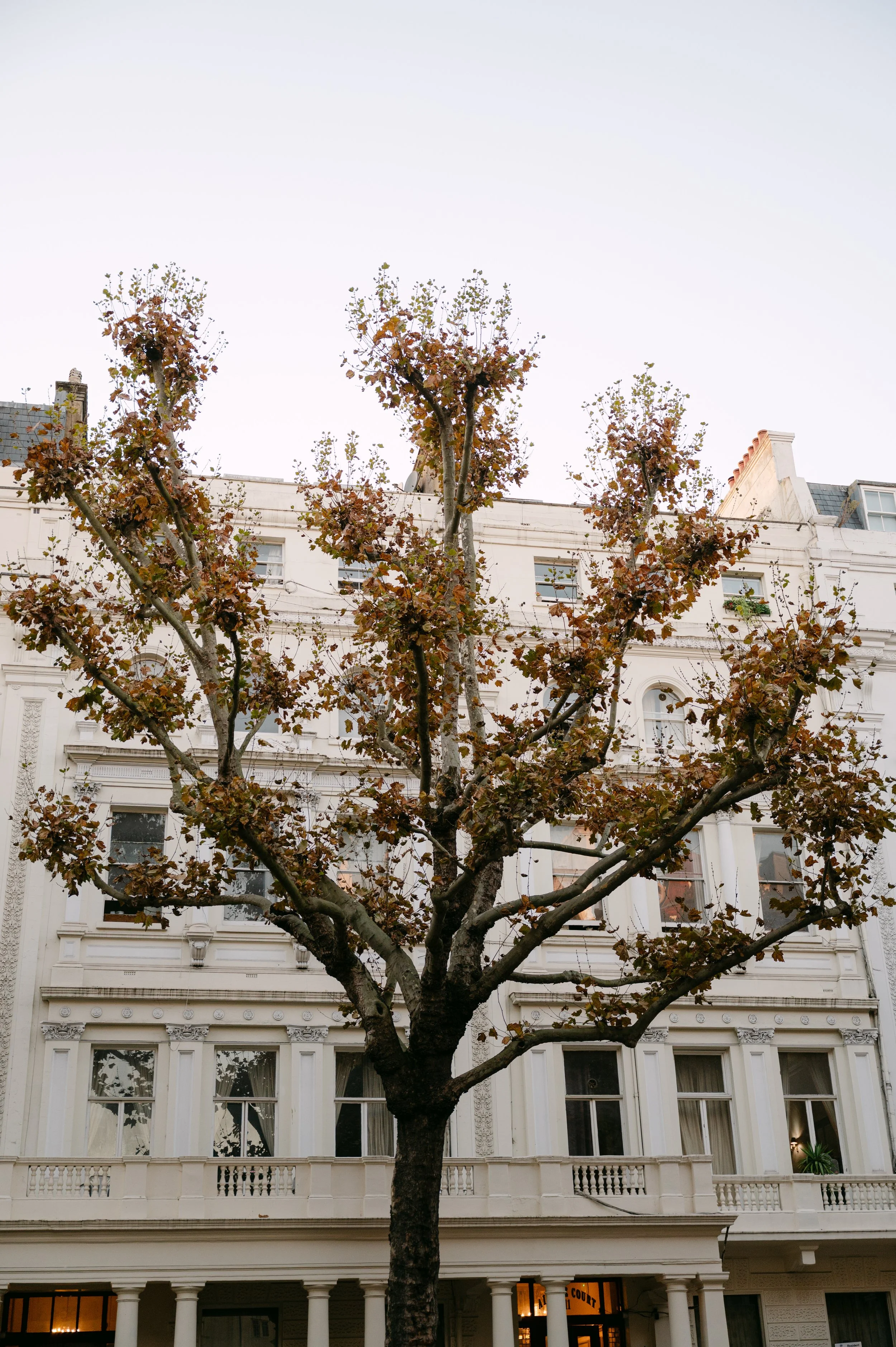
Traditions & Symbology
During the Civil Ceremony, you will see an Order of the Day printout. That is yours to keep and use throughout the day.
This page is here to help and translate anything that is not on the booklet.
Walking to the aisle together
This tradition has its roots in arranged marriages and patriarchal societies, where it once symbolised the transfer of a bride from her father’s care to her husband’s. Today, it has taken on a different meaning: a blessing and a celebration of a new beginning. For us, walking down the aisle side by side symbolises stepping into this new life together, as equals and partners.
“Feeding” with Ritual Bread
A cherished Bulgarian wedding custom, where the groom’s mother gently offers the newlyweds bread, honey, and salt to bless their life together with sweetness and harmony. First comes a piece of bread dipped in salt, followed by one in honey – symbols of prosperity, abundance, and fertility.
Breaking of the Wedding Bread
This joyful ritual usually takes place midway through the celebration, just before the main course is served, when the bread can then be shared with everyone. The bride and groom stand back-to-back, hands raised, as the maid of honor holds a round loaf above their heads for them to break together. Tradition says that whoever tears off the larger piece will guide the household, while another belief is that this will be the first and last time the couple will ever stand back-to-back.
Entering the Dining Room
At 17:50, we will gather in front of the Tapestry Room, where guests are warmly invited to enjoy a glass of champagne and make their way to their places at the table. Before we take our seats, the Bride and Groom would love to share a few heartfelt words of welcome.
Millefoglie
(“thousand sheets”)
This Italian dessert shares its name and layers with the French Mille-feuille, but it carries a spirit all its own. Imagine golden sheets of crisp puff pastry, layered with silky crema pasticcera and topped with seasonal berries or fruits. Beloved across Italy, and especially in Tuscany, it has long been considered a traditional Tuscan wedding cake.
Chilli con carne
On our very first day living together, Edouard appeared with a big pot of chili con carne he had cooked at his place. He carried it all the way through the neighbourhood, leaving a little trail of beans behind him because the pot didn’t even have a lid. That chili became our very first shared meal in our new home. We still cook in that same pot every week, and it always carries the taste of that beginning.
What you will not see the today? :
First look is a moment that the bride and groom will share before the civil ceremony
Private vows will also be done before the civil ceremony
Bouquet throw - We believe marriage is a choice, not a necessity, and this tradition can put unnecessary pressure on people
No kicking of Copper pot (Ритане на Менче) - Bride kicks a copper pot filled with water and two flowers, one white and one red. If the red comes out it will be a boy, white is for a girl. Similar to the bouquette throw, this plays on outdated roles in society and can put unnecessary pressure.
Gartner throw
Vail - the practice of wearing a veil has roots in Judaism, with a story in the Torah about Rebecca veiling herself before marrying Isaac, and like the story of Jacob being tricked into marrying Leah instead of Rachel because her face was hidden. In the Middle Ages, it was used to hide the bride's attractiveness and prevent the groom from running away. The tradition of veiling has evolved but is connected to themes of forced modesty and symbolic deception.


